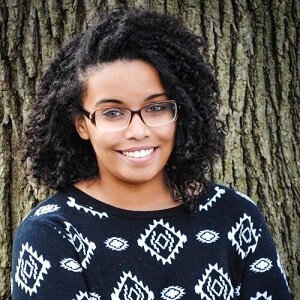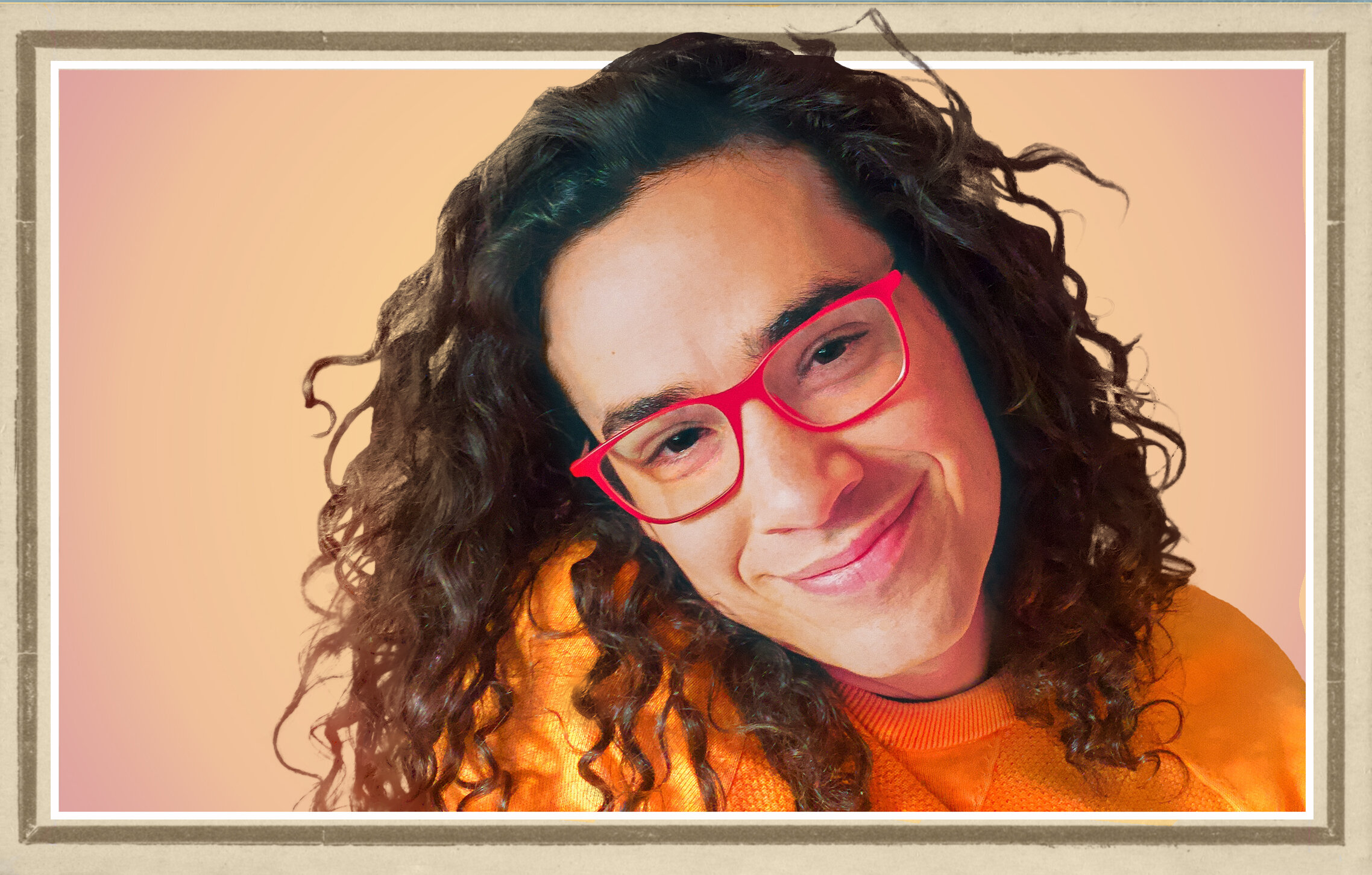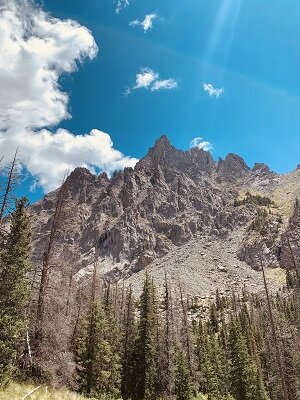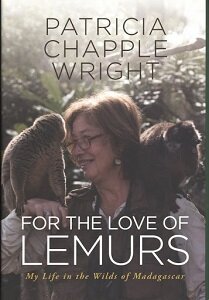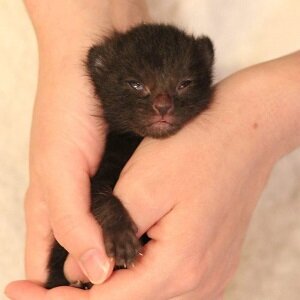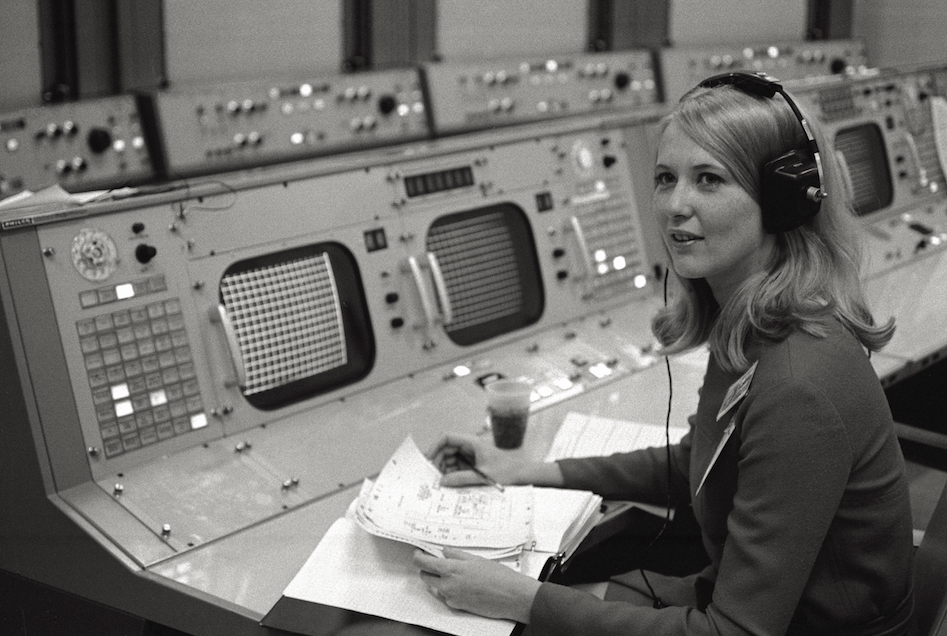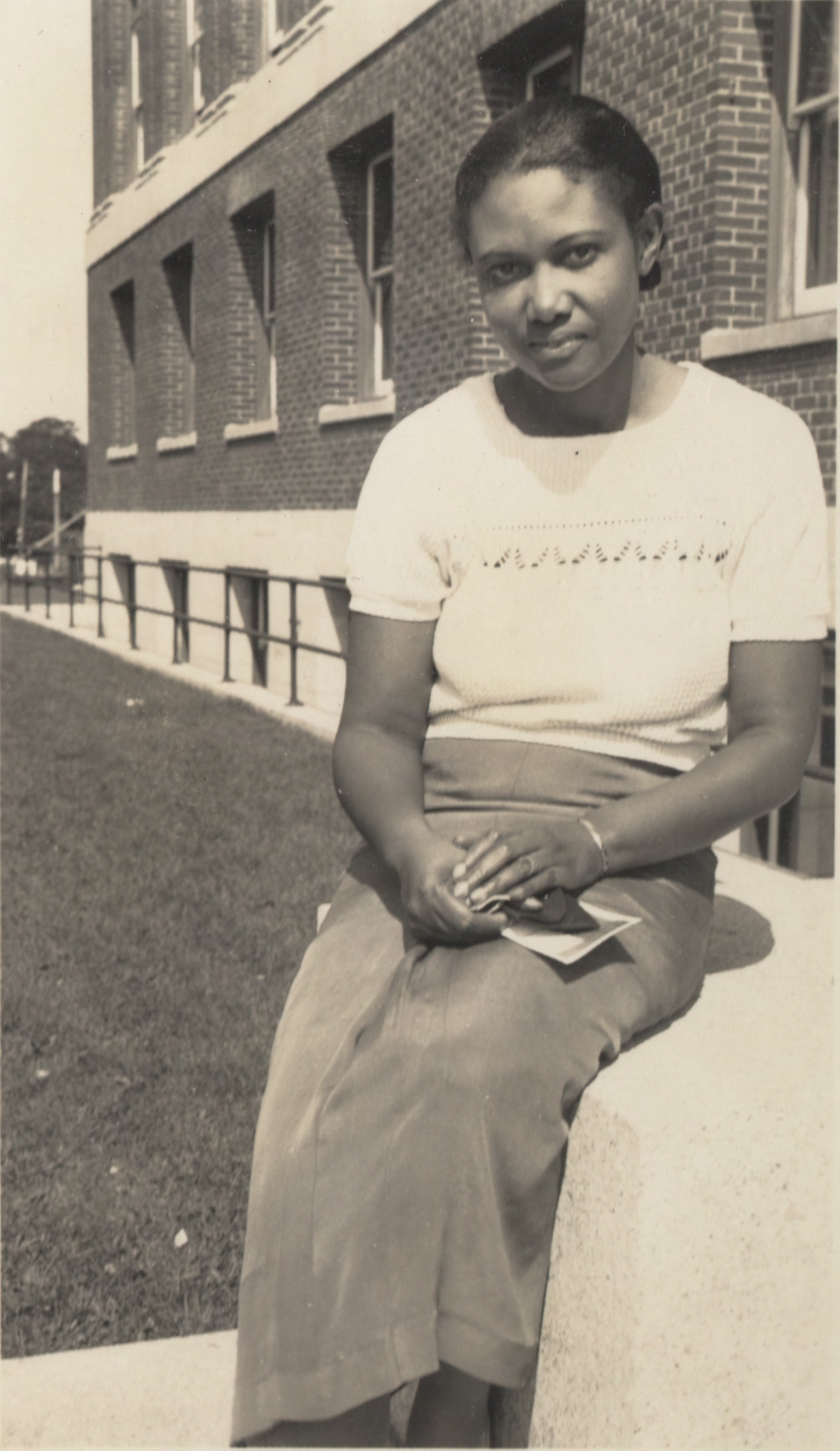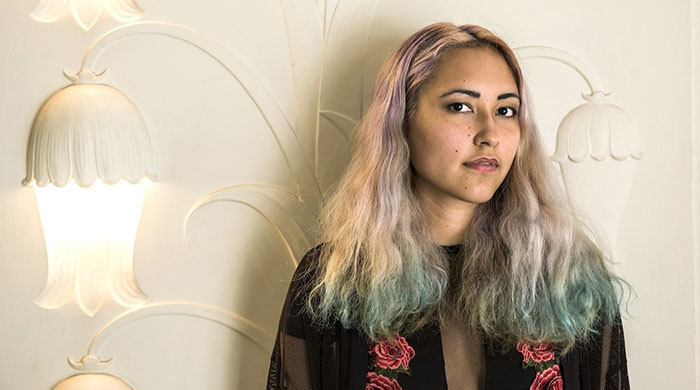Do issues of race, class, and gender intersect more visibly anywhere than with Black hair? On March 29 at 3:00 PM the EST/Sloan Project will end the 2021 First Light Festival with the first public reading of GOOD HAIR by Phaedra Michelle Scott. GOOD HAIR explores the science of Black hair by following the stories of three trios of women through three different time periods. The playwright has lots more to tell.
(Rich Kelley interview)
Where did the idea for GOOD HAIR come from?
I have always been interested in telling a story that centered around a natural hair journey, and how deeply personal that can be. I was inspired by the news—specifically, the story of Andrew Johnson who in 2018 was forced to cut his locks in order to participate in a wrestling match or he would have to forfeit. I thought—what other teenager is told to alter their appearance to play a game? Why is it that Black hair is policed in a way that does not happen to his white peers? I was also inspired by my own natural hair journey and the stories of Black women around me as we embarked on learning how to understand our hair.
What research did you do in writing the play?
I am a huge history fan, so I spent a lot of time reading a bunch of books—Hair Story by Ayana D. Byrd, biographies of Annie Turnbo Malone and Sarah Breedlove (later known as Madame C. J. Walker); my friends who have had natural hair journeys, hairdressers, dramaturg Tatiana Godfrey, and my family. It has been a lot of conversations and independent research.
Why this play? Why now?
Hair discrimination has been a reality for many Black folks, and it wasn’t until 2019 with The Crown Act in California that this injustice has been addressed legally. New York City also has its own anti-discrimination laws based on hair that went into effect in 2019. The fact that this issue is gaining more traction, and that it deeply effects the school life and work life of so many Black people goes to show that we are only in the beginning stages of addressing this; so it makes sense to focus on a play like this now.
The play tells the stories of three trios of women in different times. Why did you choose this way of telling the story of GOOD HAIR, rather than, say, telling the stories of three of the same women at different times?
Two timelines are set in the 20th and 21st centuries, while one is set in a fantasy universe. I wanted to show the range of how hair care for Black women has evolved through science, changing standards of beauty, while also addressing how easy it is to want to change yourself in order to be accepted. It was important to me to have a lot of perspectives, because I genuinely have no answers or solutions. I am interested in pitting different ideologies against each other. I also wanted to write an “athletic” play for Black and Brown actors, one where they have the opportunity to flex those artistic muscles.
GOOD HAIR features one professor who has given a Ted Talk style lecture on Black women’s hair on YouTube and two entrepreneurs who have created and marketed hair products for Black women. Are any of these characters inspired by real women?
Yes! Pretty much every character is a hodgepodge of people I know in real life, of stories I have picked up, and people directly ripped from history—most specifically, Madame C. J. Walker and Annie Malone.
Do you sense any progress in society’s attitude toward how Black women wear their hair? Where are we now and where do we need to be?
Of course, there has been progress, and, of course, there has not been nearly enough. While this play focuses specifically on women of color and hair, there is a whole other conversation about cultural appropriation that this work does not even address. Personally, I am happy that it’s much easier to get natural hair care products at Target or by shopping online, but there is still a long road ahead in terms of becoming a truly anti-racist society, and the conversation about hair is just a part of it.
On your website, you write that your work “lies at the intersection between history, Afrofuturism, and activism.” Is there an activist component to GOOD HAIR? What do you want the audience to take away and do after watching your play?
I hope that the play inspires people to do their own research and learn more about the complicated history of Black hair. I hope that by presenting so many perspectives of women of color that it further affirms that Black women are not a monolith, and that the truth of the matter is that intersectionality is complicated, and it is our duty to learn and understand the nuances of identity.
You are a playwright and a dramaturg. Do you have to turn off the dramaturg when you are writing?
Absolutely!! I’ve had to train myself to not edit as I write, and to simply let the story come out and then put my dramaturgical brain on it. Thankfully, I have developed a way of working that helps me. I tend to underwrite, and then as I do more research and think about the overall story, I add and inject more specificity. Overall, I think they work well together, because I have the tools to understand dramatic structure, and I can inject my dramaturgical creativity into my writing. I also love dramaturgs, so it’s especially fun to work with one as a playwright.
When did you know you were a playwright?
To tell the truth, I became a playwright right after my sister passed away. I was a dramaturg for a while, and after she passed I needed to find a way to express myself, so I turned to the medium I was most familiar with: playwriting.
Have you written any other science-related plays?
I love science fiction and fantasy, and I tend to write plays that involve time somehow, which is why there are three intersecting timelines. This is my first science-related play, and I had a lot of fun finding my way into it that makes the science accessible to me (and hopefully everyone else, haha).
What’s next for Phaedra Michelle Scott?
More writing! I have been fortunate to have the support of EST’s Youngblood, Pipeline Theater Company, as well as a few other writing projects. I am a writer for an upcoming roleplaying game by a Swedish game company, Helmgast, where I am writing the mechanics for creating intersectional characters, which has been a fun way to stretch my creative muscles.
The 2021 EST/Sloan First Light Festival runs from February 25 through March 29 and features readings of nine new plays. Readings open to the public are free and available on Zoom. The festival is made possible through the alliance between The Ensemble Studio Theatre and The Alfred P. Sloan Foundation, now in its twenty-third year.


